In This Article
Want to walk through history and enjoy world-class cuisine? Head to Rome! Italy’s capital is a living museum of ancient ruins, Renaissance art, and bustling piazzas. From the Colosseum and the Vatican to cozy trattorias and gelato shops, Rome blends timeless history with vibrant modern life.
Rome, Italy Highlights:
- For History Buffs: Tour the Colosseum and Roman Forum – Step back in time at these iconic Roman Empire landmarks.
- For Art Lovers: Explore the Vatican Museums and Sistine Chapel – See masterpieces by Michelangelo, Raphael, and more in the world’s smallest country.
- For Foodies: Taste your way through Trastevere – Discover Rome’s tastiest street food, pasta, and aperitivo spots in this charming neighborhood.
- For Romantics: Toss a coin in Trevi Fountain – Make a wish at this Baroque masterpiece and admire its intricate sculptures.
- For Families: Climb the Spanish Steps and relax at Villa Borghese – A fun and scenic area with gardens, bikes, and museums.
When I like to visit Rome, Italy
The best time to visit Rome is in spring (April–June) and autumn (September–October), when the weather is mild and crowds are manageable. Summer (July–August) can be hot and busy, while winter offers fewer tourists and festive Christmas markets.
Tips for getting to Rome, Italy
- By Air: Fly into Leonardo da Vinci–Fiumicino Airport (FCO), 30–45 minutes from central Rome. Ciampino Airport (CIA) also serves low-cost carriers.
- By Train: Rome Termini Station is Italy’s main rail hub with high-speed trains from Florence, Naples, Milan, and Venice.
- By Car: Parking is limited in central Rome, so cars are best for countryside or day trips outside the city.
Where I like to stay in Rome, Italy
- Recommended for Families: Hotel Artemide – Elegant hotel with family rooms, a rooftop terrace, and easy access to landmarks.
- For Couples: Residenza Napoleone III – Lavish suites in a 16th-century palace, perfect for romantic stays in the heart of Rome.
- For Budget Travelers: The Beehive – Eco-friendly hostel with private rooms, a cozy café, and artistic vibes near Termini Station.
Best Things to Do in Rome, Italy
1. Wander Through Colorful Markets and Lively Piazzas at Campo de' Fiori
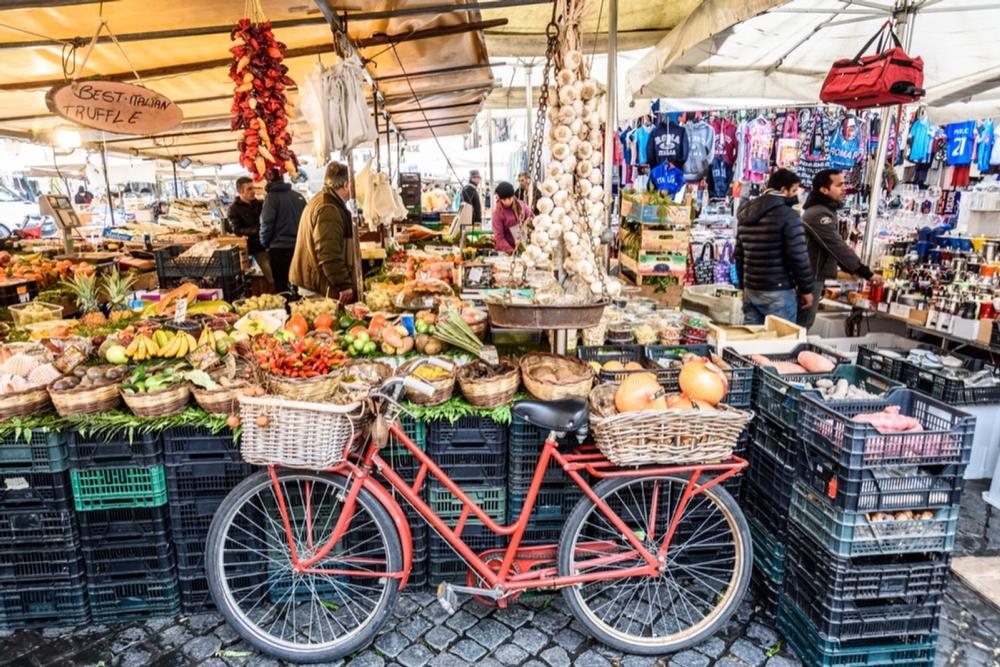
© Pino Pacifico/stock.adobe.com
Campo de Fiori is a flourishing open-air marketplace that draws throngs of tourists to its colorful stalls offering everything from produce to flowers to backpacks.
But the most interesting point about Campo de Fiori is a central statue of 16th-century friar Giordano Bruno. This forward-thinking philosopher was martyred for believing the universe is unlimited. After a seven year trial, Friar Bruno had a spike driven through his tongue and was burned at the stake on orders of Cardinal Bellarmine. Bruno never recanted. The brass statue of the friar with bowed head faces the Vatican, which has never removed his heretic status.
Piazza Campo de’ Fiori, Rome, Italy, Phone: +39-06-06-08
2. Step Into Whimsical Art Nouveau Charm at the Casina delle Civette
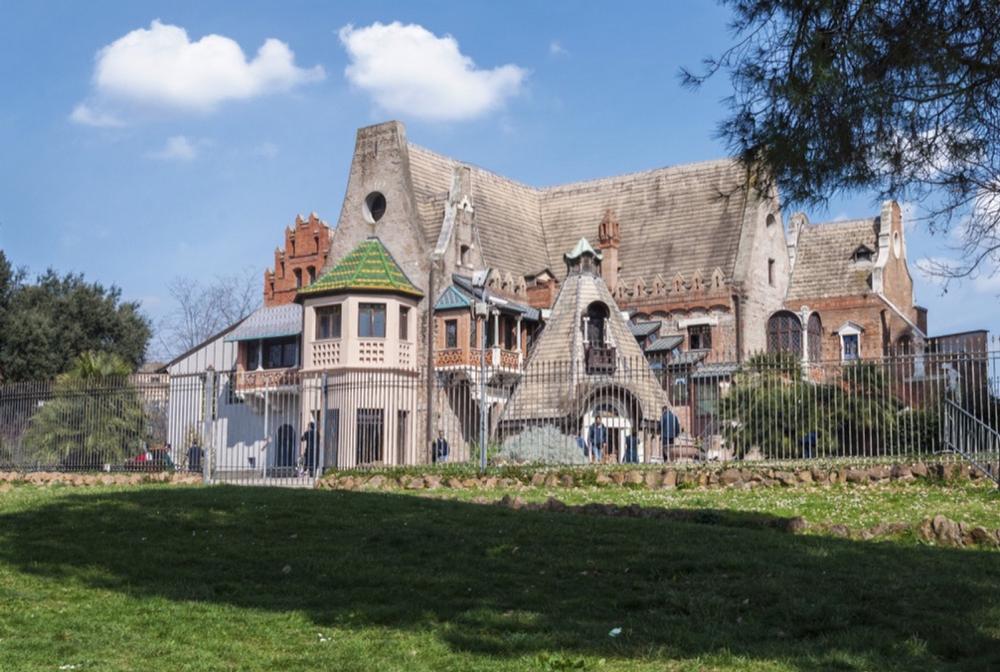
© lpictures/stock.adobe.com
Casina Delle Civette, Rome’s fairytale castle, was built by nobleman Giovanni Torlonia as a retreat for his recluse tendencies.
What started as a Swiss Hut tucked away behind a hill at Villa Torlonia in 1919 morphed into his Art Nouveau dream mansion. A mix of medieval themes and stained glass windows depicting owls, plants, flowers, and other birds characterize the beauty of this whimsical castle.
Before his death in 1938, Torlonia lived in seclusion in his magical world while renting the rest of his villa to Mussolini for one lira per year. This restored castle is a must-see.
Via Nomentana, 70, Rome, Italy, Phone: +9-06-06-08
3. Stand Where Gladiators Once Battled and Legends Were Made at the Colosseum
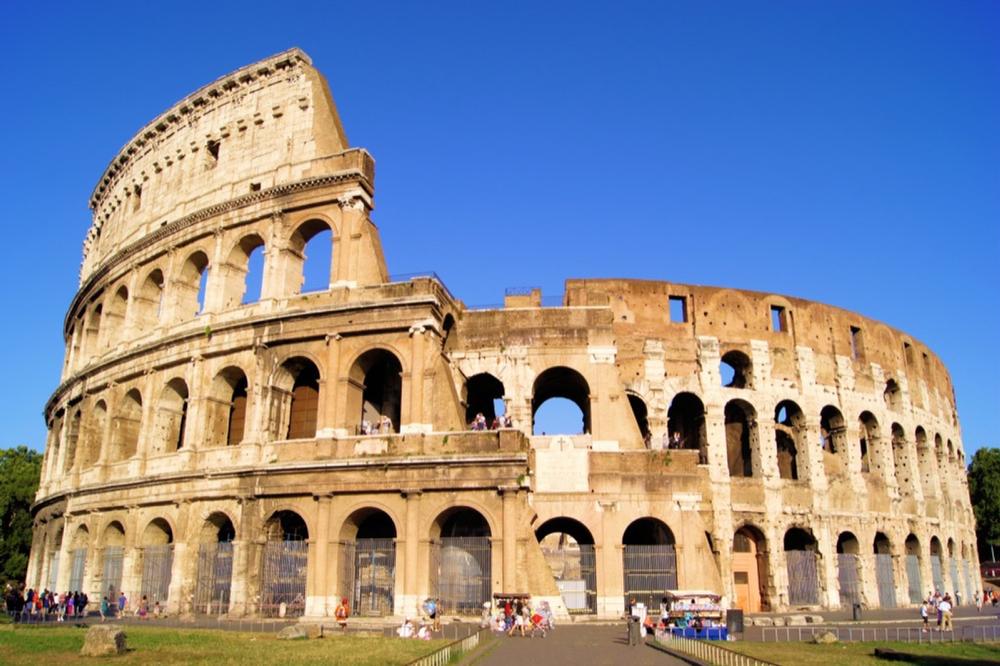
© Jenifoto/stock.adobe.com
Arguably the most thrilling of Rome’s ancient sights, the 50,000-seat gladiatorial Colosseum should be on every traveler’s bucket list when visiting this city.
The amphitheater, once opulent with Corinthian, Doric, and Ionic pillars wrapped in travertine, marble statues, and ornate pilasters was abandoned to ruin when the Roman Empire fell during the 5th century. At its height, thousands of animals were slaughtered by gladiators for the entertainment of the Romans.
Structurally amazing, the Colosseum’s interior held a wooden floor arena covered in sand for soaking up blood, a cavea where spectators sat, and a podium where the VIP sat. Security is intense, so visitors should check the website for regulations.
Piazza del Colosseo, 1, Rome, Italy, Phone: +39-07-39-96-77-00
Activities and Attractions for Couples and Singles:
4. If Renaissance Masterpieces and Lush Gardens Move You, Visit Galleria Borghese
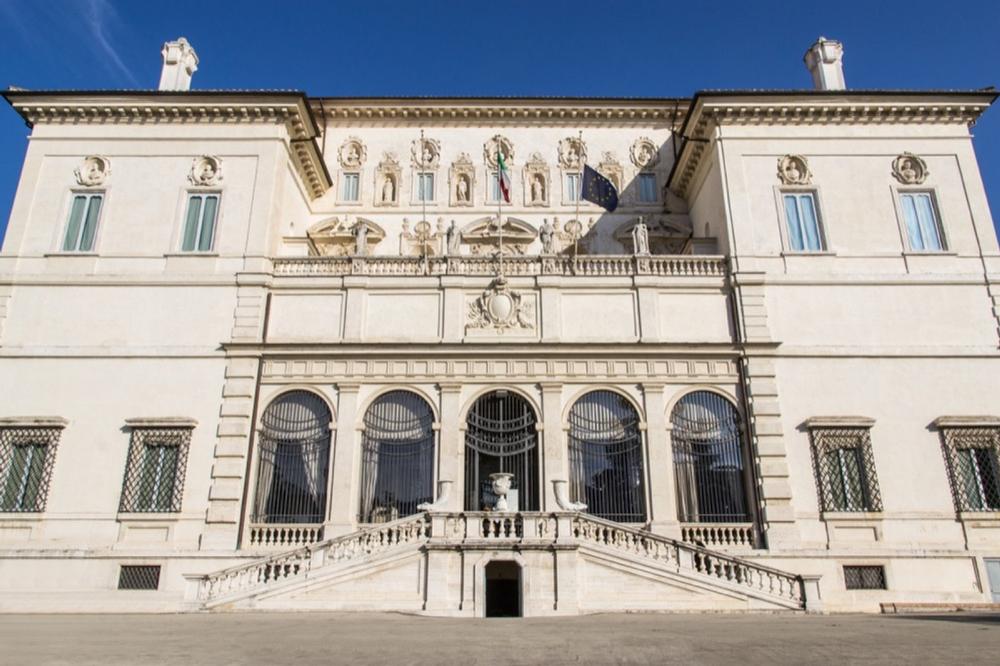
© nikhg/stock.adobe.com
Located in Villa Borghese, the third largest public park in Rome, Galleria Borghese is a world renowned museum known for its iconic works by Bernini and Canova.
This includes the former’s famous masterpiece, ‘Abduction of Proserpina by Pluto.’ The gallery features a collection of sculptures, paintings, bas-reliefs, and mosaics primarily from the 15th to 18th centuries. Sculptures are mainly found on the first floor while the paintings are typically housed on the second floor.
The latter features notable works by several masters like Rubens, Titian, and Raphael. Visitors should plan to pre-book tickets to the museum, or risk having to wait several hours for entry.
Piazzale Scipione Borghese, 5, Rome, Italy, Phone: +39-06-8-41-39-79
5. Discover Hidden Beauty and Art Nouveau Frescoes at Galleria Sciarra
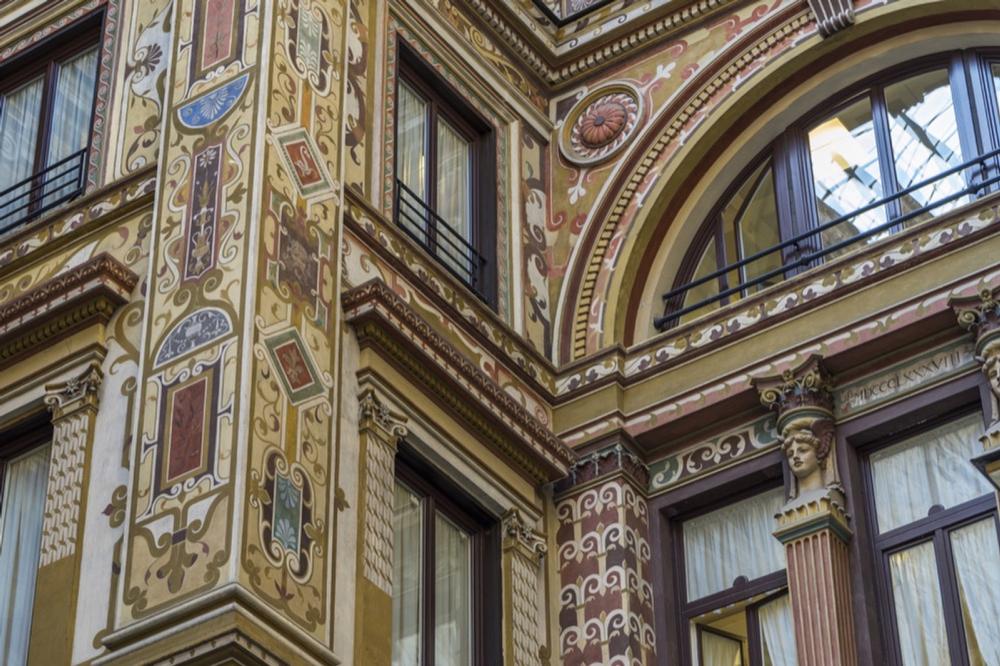
© mitev/stock.adobe.com
Galleria Sciarra is a hidden gem located just a few feet away from the chic Via del Corso and the legendary Trevi Fountain.
This relatively unknown courtyard has the ability to transport visitors to the peak of the Art Nouveau movement with its brilliant colors and stunning frescoes. Constructed for the influential Sciarra family in the late 19th century, it was originally meant to be a shopping mall, however that never came to fruition.
Today, visitors are encouraged to visit the courtyard to view the colorful frescoes of men and women encircled by graceful, curling floral designs. Painted by renowned artist Giuseppe Cellini, the artwork was intended to honor women and celebrate their various stages of life.
Piazza dell’Oratorio, 75, Rome, Italy, Phone: +39-06-6-79-07-76
6. Walk in the Footsteps of Romantic Poets at the Keats-Shelley Memorial House
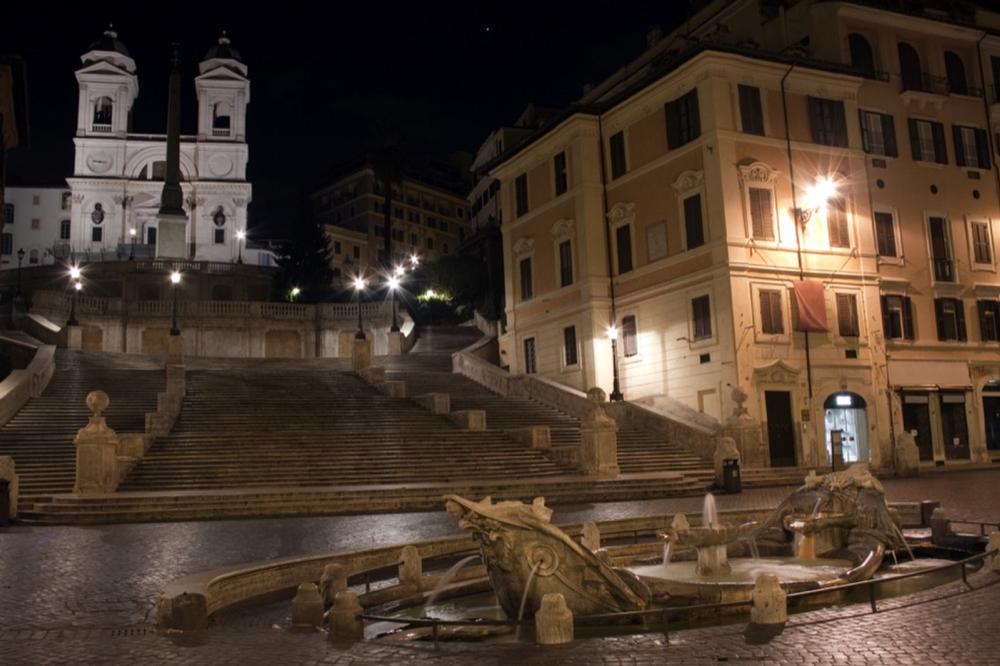
© PennaPazza/stock.adobe.com
The last home of legendary poet John Keats is now the memorial and museum known as Keats Shelley Memorial House.
It is dedicated to his life and the life of his contemporary, Percy Bysshe Shelley. The museum displays a variety of artifacts and memorabilia from both Keats and Shelley as well as numerous other works by notable poets from the Romantic Period. This includes a library with more than 8,000 works of Romantic literature.
The room that contained Keats’s death bed was also preserved and recreated as a shrine to the tortured writer who endured much pain before passing away from tuberculosis at the young age of 25. A small movie room shows an introductory film when guests enter the house.
Piazza di Spagna 26, 00187, Rome, Italy, Phone: +39-06-6-78-42-35
7. Trace Time and Astronomy at the Basilica’s Remarkable Meridian Line

© DPI studio/stock.adobe.com
Built on the remains of an old Roman bath in the 16th century, the Meridian Line of the Basilica of St Mary of the Angels and the Martyrs was an act of one-upmanship.
Commissioned by the pope, the meridian-aligned sundial was a Gregorian victory over pagan time keeping.
Its location in the basilica was chosen for numerous practical reasons including the structure’s southern position, historic architecture, and high ceilings. The clock still works today, every day the sun lines up perfectly with the hole in the ceiling of the basilica casting a light that lands on the line precisely at noon. It can also determine the time of year based on where the light falls on the line.
Piazza della Repubblica, 00185, Rome Italy, Phone: +39-06-4-88-08-12
What to do if you are traveling with kids:
8. Celebrate Italy’s Most Delicious Tradition at the National Pasta Museum
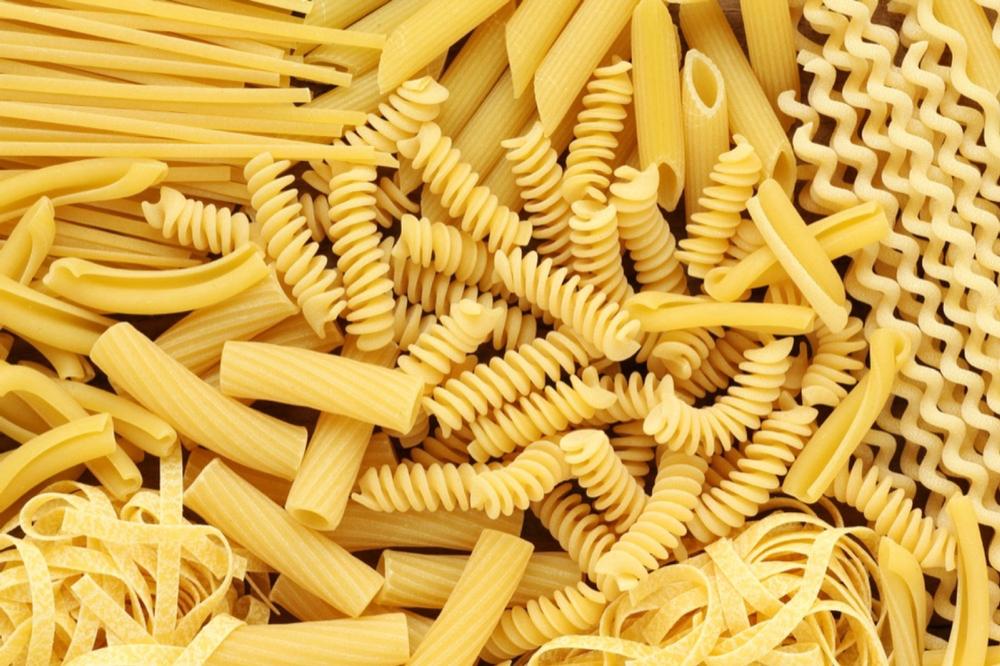
© kuvona/stock.adobe.com
Museo Nazionale delle Pasta Alimentari commonly referred to as the National Pasta Museum is a charming little museum devoted to just one thing, pasta.
Home to the nation who perfected the art of water, salt, and flour, this is the only museum of its kind in the world. Founded in 1993, it was created to explore, educate, and showcase the history, production, evolution, and consumption of pasta. With thoughtfully curated exhibits and enticing displays, the museum features old machinery from the early days when China originally brought pasta to Italy.
Visitors will see traditional tools like the rolling pin, and revolutionary inventions like the kneading machine, plus drying techniques. Several photographs of Neapolitan scenes are also displayed.
Via Flaminia 141, 00196, Rome, Italy, Phone: +39-06-6-99-11-19
9. Marvel at Ancient Engineering and Eternal Light Inside the Pantheon

© sborisov/stock.adobe.com
Constructed in 125 A.D., the Pantheon is the most complete ancient building in Rome.
Inside, there are monumental tombs fixed into the walls including that of renowned artist Raphael. Most often praised for its concept of space and architectural feats, this 142-foot by 142-foot structure looks like a perfect sphere resting in a cylinder.
Its only source of natural light comes from the opulently designed dome featuring a round opening in its center, spanning 27 feet in diameter. Nestled in the center of the Ancient City of Rome, it is nourished by a few narrow lanes and the Piazza della Rotunda, an energetic square situated in front of Pantheon filled with restaurants, cafes, and bars, as well as occasional live music.
Piazza della Rotunda, 00186, Rome, Italy, Phone: +39-06-68-30-02-30
10. If Grand Monuments and Historic Vistas Inspire You, Explore Piazza Venezia

© Enrico Della Pietra/stock.adobe.com
Situated in the heart of Rome, Piazza Venezia is a lively square located at the end of Via del Corso, and just a short walk to many of the city’s most prominent attractions like the Roman Forum, the Pantheon, and Capitoline Hill.
Unlike many Roman piazzas known for being tranquil and relaxing, this square is dominated by chaotic traffic. With that said, it does feature some of the city’s most iconic sites including Il Vittoriano, a landmark monument dedicated to the first king of Italy, King Victor Emmanuel II. Additional famous buildings found at Piazza Venezia include Palazzo Venezia, Palazzo Generali, and Palazzo Bonaparte.
Via Quattro Novembre 147, 00187, Rome, Italy, Phone: +39-06-69-79-75-54
Where I Like to Eat in Rome, Italy
- Recommended for Families: Pizzeria da Baffetto – Famous for thin-crust Roman pizza with casual seating and fast service.
- For Fine Dining: La Pergola – Rome’s only 3-Michelin-star restaurant offering refined cuisine and panoramic views.
- For Classic Pasta: Roscioli – Iconic deli-restaurant serving carbonara, wine, and Roman specialties near Campo de’ Fiori.
My favorite local events:
- For Culture Lovers: Estate Romana (Summer) – Free concerts, outdoor films, and cultural events across the city.
- For Holiday Spirit: Christmas Markets (December) – Browse festive stalls at Piazza Navona and Vatican Square.
- For History Buffs: Rome’s Birthday (Natale di Roma) (April 21) – Celebrate with parades and reenactments at the Colosseum and Circus Maximus.
Day Trip Itineraries Within 30 Minutes of Rome, Italy:
- For Ancient History: Ostia Antica (30 min) – Explore a remarkably preserved Roman port city with baths, theaters, and mosaics.
- For Tranquility: Villa d’Este in Tivoli (30 min) – Discover Renaissance gardens, fountains, and palace rooms.
- For Beach Fans: Lido di Ostia (30 min) – Relax on the coast just a short train ride from central Rome.
- For Wine Lovers: Frascati (30 min) – Tour vineyards and sip white wine in this picturesque hill town.
- For Papal History: Vatican Gardens (Within the city, but entry by reservation) – Explore the serene and secret side of Vatican City.
Plan Your Trip












